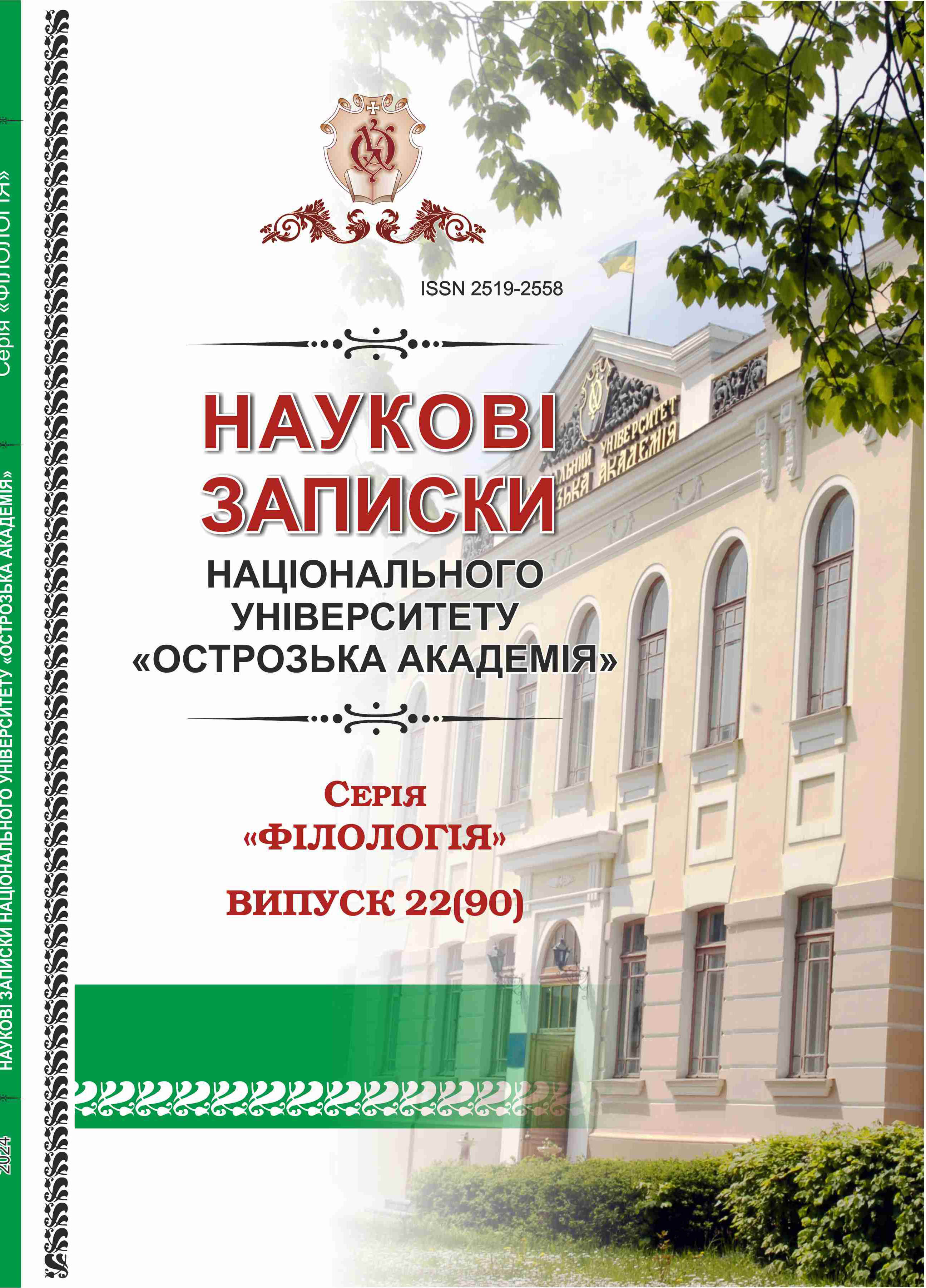THE APPLICATION OF EDWARD DE BONO'S ‘SIX THINKING HATS’ METHOD IN THE STUDY OF THE REPRESENTATION OF MALE IMAGES IN THE MEDIA (DURING THE FULL-SCALE INVASION OF THE RUSSIAN FEDERATION)
Keywords:
media narratives, gender stereotypes, wartime, media literacy, critical thinking, gender equality, male imagesAbstract
In the context of the current military period in Ukraine, the media space plays a significant role in shaping public narratives, including those related to images of men. The ‘six hats of thinking’ method developed by Edward de Bono provides a unique tool for a comprehensive analysis of such narratives, allowing them to be understood from different angles: information objectivity, emotional impact, potential risks, opportunities for optimism, creative development and organisational planning. The study emphasises the importance of a multi-vector approach to analysing media narratives that shape public perceptions of male identity in extreme conditions. The use of the de Bono methodology allows us to assess how objective information (white hat), emotional reactions (red hat), critical thinking (black hat), optimistic assessments (yellow hat), creative ideas (green hat), and organisational decisions (blue hat) influence the formation and interpretation of male images in the media. The research focuses on the role of media as a means of constructing gender identities in times of crisis. It highlights the potential for broadening the discourse through a deeper understanding of the impact of media images on gender stereotypes and public expectations. The results of the study are aimed at developing media literacy and supporting gender equality by offering ideas for balanced coverage of male images in media content. The analysis of the verbalisation of such representations in the media during the wartime period in modern Ukraine using Edward de Bono's ‘six hats’ method explicates a multidisciplinary approach to studying the impact of media narratives on the formation of gender stereotypes and social expectations. This approach allows us to look at images of men from different perspectives: factual information, emotional resonance, critical assessments, optimistic views, creative potential and organisational analysis. This study highlights the need for a balance between traditional gender roles and their modern redefinition in times of crisis, pointing to the importance of media literacy and critical thinking in the perception of media content. The relevance of the topic is due to the growing role of the media in public life, especially in the context of martial law, where media images shape not only individual perceptions of ‘masculinity’ but also contribute to the consolidation of society or, conversely, can increase social differentiation. Understanding this topic is important for developing strategies for balanced coverage of gender roles, supporting gender equality and strengthening social cohesion. Therefore, the use of the ‘six hats’ method to analyse male images in the media represents an important tool for scholars, researchers, journalists, and members of the public to comprehensively understand and critically examine the impact of media narratives on the formation of social relations and identities in the modern military context.

